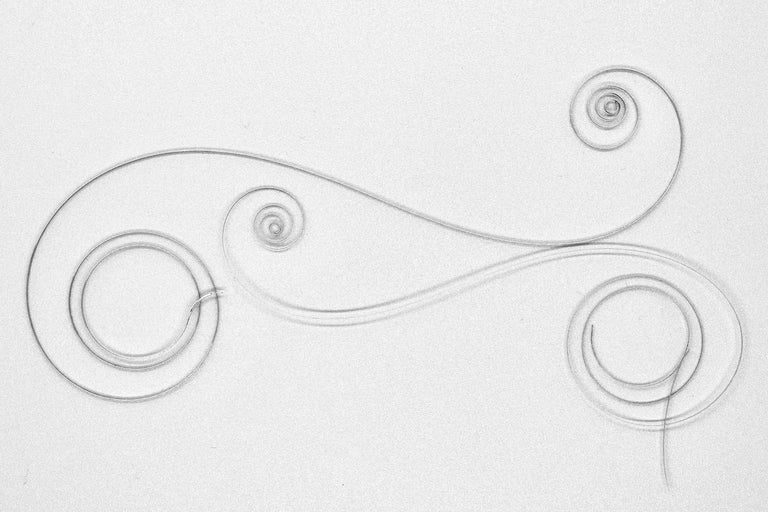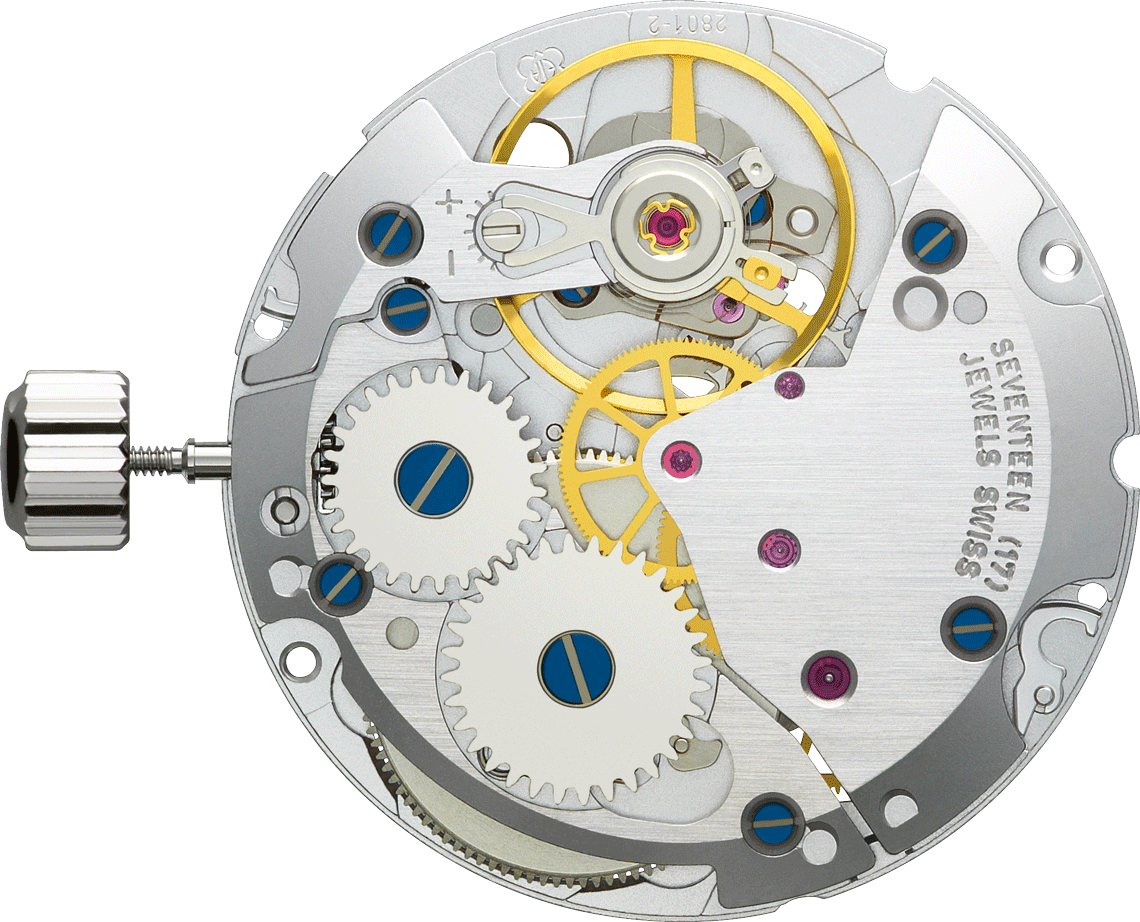From the Bench: Can I Wind My Automatic Watch?

Popular wisdom says that you shouldn’t wind an automatic watch… But why? And is that even true? Let’s take a look.
People’s primary worry is that winding an automatic watch will damage the movement in some way. There’s a kernel of truth to this, but it’s not as dangerous as people think.

Winding mechanisms are usually the most robust part of a watch movement because they have to deal with the most violent force a watch will encounter: YOU. This means that most components are thicker, robust and made of steel to resist the torque from winding.

This design change can lead to some compromises, and here we can find some potential sources of problems.





But Oak & Oscar wearers, don’t worry too much. Just be careful not to force anything, and you should have no problems winding your watch by hand.
